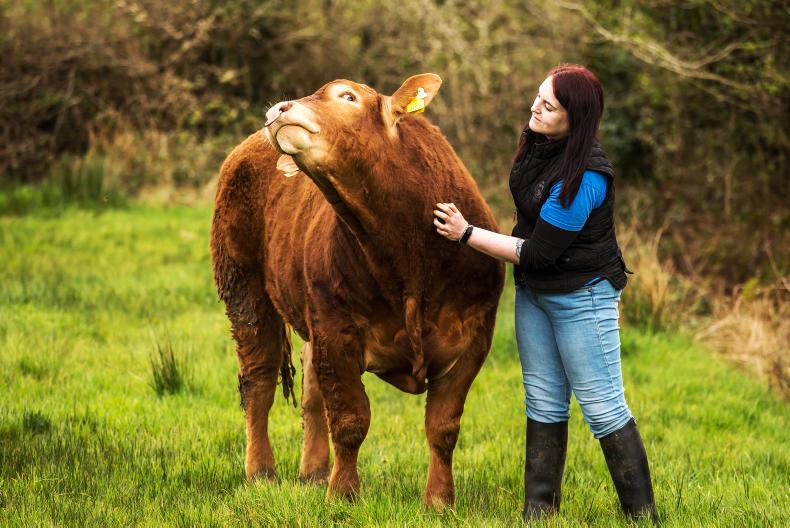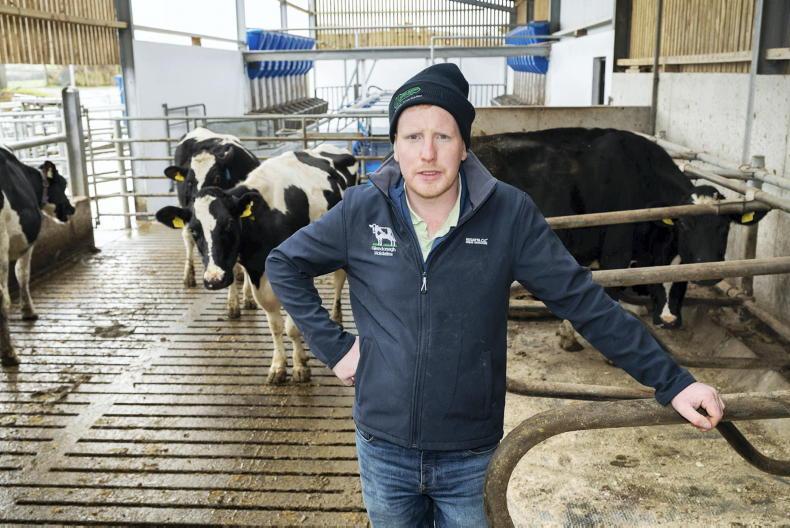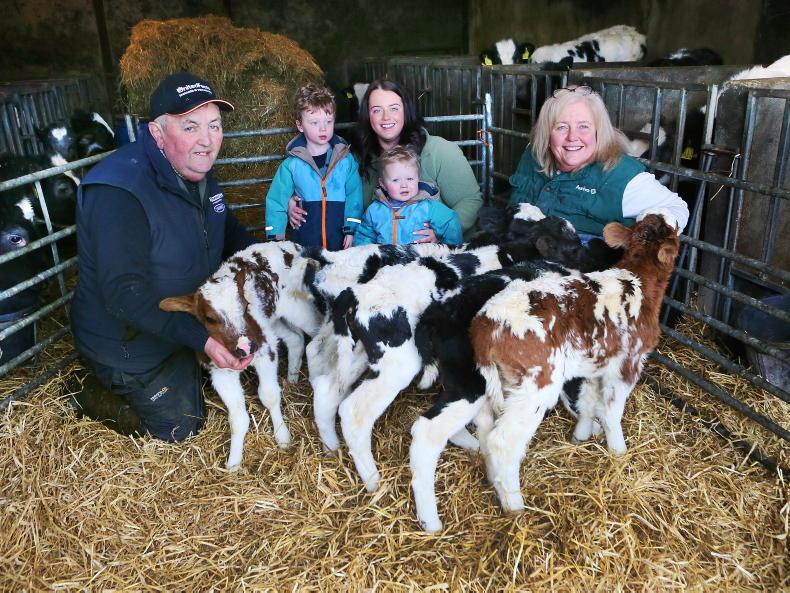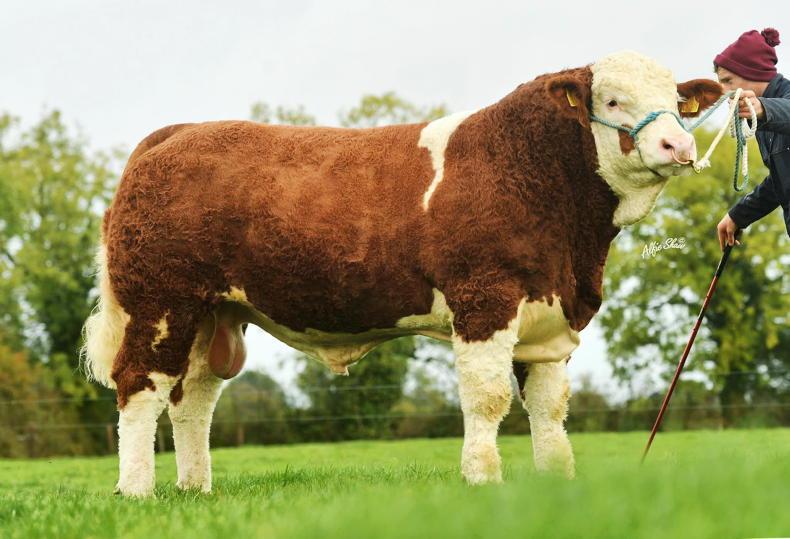After the unseasonal growth everyone had at the start of the year, we found ourselves facing a small backlog of surplus grass. So once we got stock out, it was time to get meadows grazed and begin the annual battle against the dreaded rushes.
It’s a never-ending cycle, but one we seem to be slowly winning with the help of a rush licker followed by either the topper or quad mulcher. As we’re in GLAS with both traditional hay meadow and low-input permanent pasture measures, we have to be strict with our dates, even when the weather doesn’t play ball.
I reckon there’s millions to be made if you can adapt a topper to fit on a hovercraft!
Topping on both actions is forbidden from 15 March, which meant we didn’t get everything grazed and mulched before closing up some fields for meadows. Thankfully, these were fields where we seem to be winning the grass v rush battle.
In some of the worst fields, we’ve found the mulcher to be extremely handy for travelling on our soft ground in early spring.
As with most western farms, we have patches of ground that would suck the wellies off any unwary passerby so these have to be remembered each year and avoided. I reckon there’s millions to be made if you can adapt a topper to fit on a hovercraft!
Hopefully all meadows will get slurry applied with the dribble bar this week. We’ve definitely noticed a difference in growth rates since going down the route of low-emission slurry spreading.
In the terrible spring of 2018, we didn’t manage to get any slurry spread until after meadows were cut in July, so it went out during the heatwave. But because it wasn’t plastered on top of the grass to be baked in, there was a considerable sheen of new growth to be seen within a week. At a time where even our heavy soil was starting to feel the pinch of drought, it was a welcome sight.
New additions
On the cattle front, we’ve had a couple of new additions to the herd in the last week.
A pedigree Limousin had a chunky little Belgian Blue bull, who was up on his feet almost before I had time to spray his navel. We’ve found this to be an excellent cross if the pedigree animal just isn’t producing calves good enough for registered stock.
The second calf was a Charolais heifer out of a 22-month-old Salers who was served by a rogue bull. However, this little one was a bit on the weak side and so two days of hand milking and bottle feeding followed before the calf got the idea.
To my pleasant surprise, the heifer proved very agreeable to the milking, so a job which can be extremely frustrating was made much easier with no kicking or fuss. Even after this messing about, the heifer lived up to her maternal traits, taking to the mothering lark like a duck to water.
And the fun part ?? I could stomach tube this into her but I prefer to see a calf sucking & looking keen to drink.
— Karen McCabe (@LadyHaywire) April 16, 2019
She's just not got the knack of grabbing the teat! pic.twitter.com/jYJ9pNHpEB
Letting out calves for the first time has to be one of my favourite job on the farm every year. Watching them figure out how to take advantage of all the free space and seeing how fast their legs can go would put a smile on the most hardened of faces.
Though everyone has at least one calf who waltzes out of the pen and aims straight into the nearest drain or soft spot.
Which is precisely what happened to the heifer’s calf, leading to a few splashes, curses and thorns while I pushed it back to a very concerned looking mother.
Three minutes after being let out, she goes arse over tit into a gripe ???? pic.twitter.com/kK040Wnueo
— Karen McCabe (@LadyHaywire) April 19, 2019
Our first bull to be sold in 2019 also managed to achieve some success in the Midland & Western Livestock Sales on 13 April. The judge put him first in his class and then, to my amazement, slapped him forward for reserve champion.
My face must have been a picture because I was only hoping that he’d behave himself in the ring. Here’s hoping some of this year’s calves can achieve similar success.
Well I was not expecting this!!
— Karen McCabe (@LadyHaywire) April 13, 2019
First & Reserve Champion for Nav ???? pic.twitter.com/ecacfRo1nK









SHARING OPTIONS